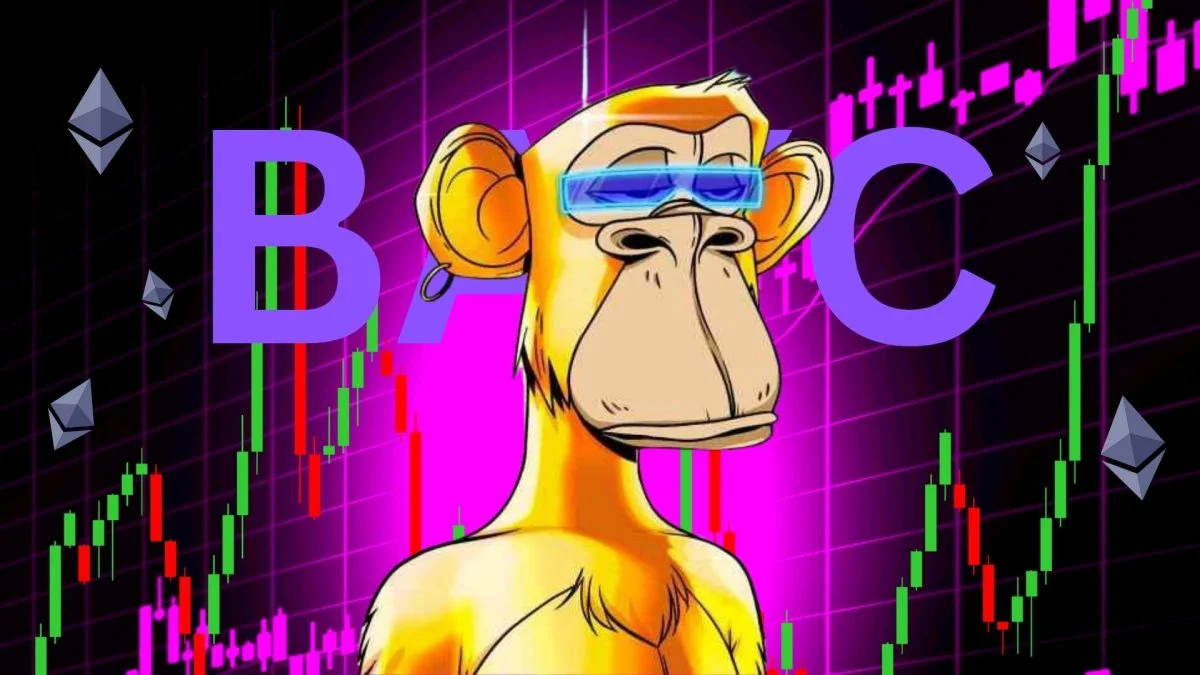Artists, collectors, and investors alike have been captivated by the world of NFTs, which has the capacity to convert digital assets into valuable, tradable commodities. Despite the fact that thousands of NFTs are produced daily, only a small number achieve legendary status, selling for six, seven, or even eight figures. However, how does a single tokenized collectible or digital work of art make its way from a creator’s screen to the auction blocks of Christie’s or the front page of crypto news?
We will trace the trajectory of a high-value NFT, from its inception to its record-breaking sale, and uncover the components that transform a digital file into a cultural and financial phenomenon.
**1. The Genesis: Creation and Concept**
An idea is the foundation of every high-value NFT. It could be a still image that reflects the zeitgeist, an animated film, a 3D model, or a work of generative art.
* The vision is frequently established by the artist or creator, who frequently integrates technology with traditional artistic principles. In numerous instances, these creators are already established in digital or fine art communities (e.g., Beeple, Pak, XCOPY) or they capitalize on emerging subcultures in gaming, parodies, or digital fashion.
* In order to encode the artwork into a blockchain-friendly format, the **creation process** may necessitate a collaboration with developers, frequently utilizing smart contracts.
Critically important is this phase. Typically, a high-value NFT is characterized by a compelling reason for its existence, effective narrative, and originality.
**2. Entering the Blockchain: Minting the NFT**
Upon the completion of the artwork or asset, it is time to **mint** the NFT, which is equivalent to publishing it to the blockchain.
* The process of minting entails the generation of a unique token ID and the incorporation of metadata, including the title, description, characteristics, and ownership rights. The NFT is typically produced by the creator on a well-known marketplace (such as **SuperRare**, **Foundation**, **OpenSea**, or **Nifty Gateway**) or through a curated platform or auction house. Scarcity and allure are further enhanced by the fact that certain high-value NFTs are included in exclusive collections or limited releases.
Minting also involves the establishment of royalties, which guarantees that the artist receives revenue from secondary sales. This is a critical innovation in the NFT sector.
**3. Hype Generation and Initial Sale**
The NFT is either listed or auctioned following its minting. This is the point at which marketing and community engagement commence to generate value.
* Creators generate chatter by promoting their work through **Twitter, Discord, and influencer collaborations**.
* During the initial minutes of a decline, certain collectors “ape in” with the intention of reselling the item at a profit if it acquires momentum.
* Early offers can escalate rapidly if the work is well-received by the public or the creator or collection has standing.
The **initial buyer** is frequently a prominent collector or DAO in numerous high-value cases, which can further elevate the NFT’s status.
**4. The Secondary Market: Trading and Speculation**
The NFT is transferred between various collectors and investors, occasionally across multiple platforms, once it is in circulation.
* The **provenance** (ownership history) of the NFT becomes increasingly significant with each transaction. Perceived value frequently rises when renowned wallets such as **Pranksy**, **6529**, or **3F Music** are involved. Marketplaces display price history, rarity metrics, and rankings to assist merchants and speculators in evaluating its value. During this phase, the NFT has the potential to serve as a **status symbol**, which can be displayed on social profiles or employed in virtual environments such as the metaverse.
The case for a future record-breaking sale is further bolstered by this ongoing interest.
**5. The Grand Stage: Private Sale or Major Auction**
When the NFT attains privileged status, it may be sold through a prominent auction house or in a high-profile private transaction.
* NFTs have been granted art-world legitimacy by auction houses such as **Christie’s**, **Sotheby’s**, and **Phillips**. Sales frequently coincide with extensive marketing campaigns, exhibitions, or metaverse events. The final sale may result in bidding battles between tech moguls, hedge funds, DAOs, or celebrities, which could drive the price into the millions.
**Beeple’s “Everydays: The First 5000 Days”** is the most iconic example, selling for **\$69 million** in 2021, which propelled NFTs into the mainstream.
**6. Legacy and Influence: After the Sale**
The NFT frequently acquires historical significance and is included in cultural discussions following its sale.
* It may be utilized as collateral in decentralized finance (DeFi), digital galleries, or museum exhibitions. The creator’s status is elevated significantly, frequently leading to new releases, collaborations, or brand partnerships. The NFT guarantees the long-term creation of value by continuing to generate royalties for the original artist.
The cascading effect has an impact on the trajectory of digital art and Web3 innovation, as well as future collections and pricing models.
Conclusion: Beyond the JPEG
A convergence of **artistry, community, technology, and narrative** is the essence of a high-value NFT, rather than merely pixel resolution or rarity characteristics. The transformative force of digital ownership in the blockchain era is reflected in its voyage.
The potential for new record-breakers is only increasing as more creators and collectors adopt NFTs. However, underpinning each headline-grabbing transaction is a narrative of innovation, vision, and the blockchain infrastructure that facilitated it.
*Have you followed the voyage of a high-value NFT that you admire? Please share your thoughts and favorite NFT anecdotes in the comments section. **

Leave a Reply